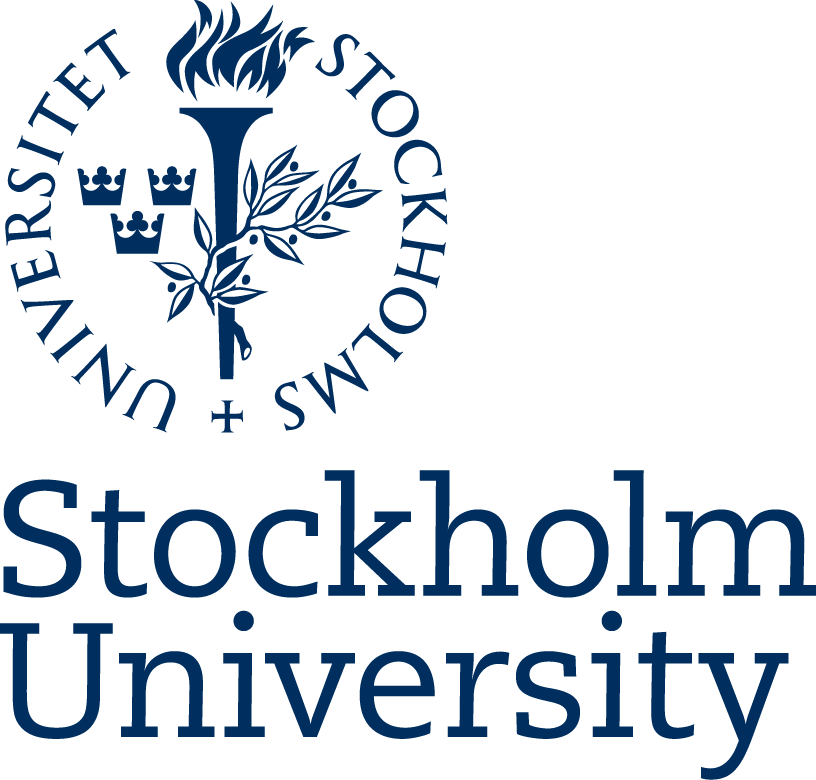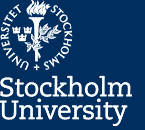Master's Programme in Polar Landscapes and Quaternary Climate, 120 ECTS
Second levelFacts
No available factsDescription
In many places of the world we experience rapid environmental change. In the Master’s Program in Polar Landscape and Quaternary Climate you get knowledge and skills necessary for the understanding and analysis of polar and alpine landscapes. You get insights in how they have changed on different time scales, linked to climate variations during the Quaternary period.
Climate change is particularly rapid in the glacial and periglacial landscapes of polar and alpine regions. The program will provide you with knowledge about the global climate system’s functioning and about methods used to reconstruct climate and environmental change. In addition, human and natural causes of climate change are presented and discussed.
The program gives you skills and tools that make you attractive in the labour market, and it also prepares you for a career in research. Today, former students work in consultancies and various government and regional authorities. Many have moved on to doctoral education both in Sweden and abroad.
Programme structure
The first semester starts with two compulsory courses. Here you acquire in-depth knowledge on climate and environmental change, geomorphology and glaciology. You learn how to analyse and interpret landscape and climate change, and you focus on dating methods, presentation techniques and scientific publishing. The first course starts with an excursion to northern Scandinavia, dealing with Quaternary climate history, glacial and periglacial landforms, and sub-Arctic and Arctic environments.
During the second and third semesters, you will focus on courses based on research for which we are internationally competitive. Examples are courses in climate modelling, bio- and lithostratigraphy, palaeoglaciology and permafrost, but there is a wide range of elective and optional courses also in other subjects, such as GIS and remote sensing and hydrology. A large part of the teaching is conducted in the field and in the laboratory. Our teachers are active researchers, providing direct contact with ongoing research. The second year ends with a thesis, which is generally linked to an ongoing research project. Unique opportunities for Master thesis projects are available at our alpine research station located in Tarfala, Kebnekaise, or at our research station, Navarino Environmental Observatory in Greece.
Application documentation specific for this programme
In addition to the documents required by universityadmissions.se (antagning.se), you need to send in application documentation specific for this programme: Personal letter (maximum one page) and CV.
Please read the information at the education website.
Area of interests: Science and Mathematics
Science and mathematics help us understand how the world around us is connected – from the origin and structure of the universe, to the development and function of humanity and all other organisms on earth. Scientific knowledge makes it possible to critically examine the credibility of information in different areas of everyday life, society, and the media. As a scientist or mathematician, you will be attractive on a large job market that covers all parts of society and includes everything from pure technology companies to environment and healthcare, as well as research.
Area of interests: Science and Mathematics
Science and mathematics help us understand how the world around us is connected – from the origin and structure of the universe, to the development and function of humanity and all other organisms on earth. Scientific knowledge makes it possible to critically examine the credibility of information in different areas of everyday life, society, and the media. As a scientist or mathematician, you will be attractive on a large job market that covers all parts of society and includes everything from pure technology companies to environment and healthcare, as well as research.
Area of interests: Science and Mathematics
Science and mathematics help us understand how the world around us is connected – from the origin and structure of the universe, to the development and function of humanity and all other organisms on earth. Scientific knowledge makes it possible to critically examine the credibility of information in different areas of everyday life, society, and the media. As a scientist or mathematician, you will be attractive on a large job market that covers all parts of society and includes everything from pure technology companies to environment and healthcare, as well as research.
Subject
Physical Geography and Quaternary Geology
Physical Geography and Quaternary Geology is part of both Earth Science and Geography, and deals especially with the climate and its change in time and space; water in all its forms; glaciers and ice sheets; the soil cover and the earth’s surface landforms; vegetation distribution in time and space; and the function and change of natural and cultural landscapes over time. Environment and natural resources are in focus, with an overall objective to contribute to sustainable resource use and sustainable development. The main themes of research and teaching in Physical Geography and Quaternary Geology at Stockholm University are:
- Biogeography and Geomatics. Biogeography includes the interactions between land use, biodiversity and ecosystem services, and the importance of the landscape for vegetation distribution in time and space. Geomatics involves the development and use of geographic information systems (GIS), remote sensing, cartography and visualization, with focus on landscape analysis and landscape information for issues within earth, life and environmental sciences.
- Climate and Quaternary Science. Within this theme we focus on the dynamic development of climate and environment and the interaction between ecosystems, climate and environmental changes during the Quaternary (from 2.6 million years ago to the present).
- Environment, resource dynamics and management. This theme encompasses the entire environmental field, with particular emphasis on the society’s interactions with the natural environment. Within research and education we turn to professionals and students who need a broad knowledge in the field of environmental management.
- Geomorphology and glaciology. Through the study of the earth’s surface landforms and the processes acting on the earth’s surface, we contribute with knowledge that is useful in planning, such as the location of hazardous waste, roads and other infrastructure, and in the interpretation of the interactions between society and the natural landscape. We also study glaciers and polar environments, including glacial, alpine and periglacial systems and environments, which are central in the earth’s climate system.
- Hydrology and water resources. Natural and anthropogenic variations in land, soil and water resources have a direct impact on human activity, and by studying this variability we contribute to the knowledge of environmental and societal development possibilities and risks associated with the use of land and water. We also study the effects of different strategies for handling risks, and relate research results to environmental monitoring and legislation, and to management of land, soil and water resources for sustainable development.
Earth Sciences
Geography and Interdisciplinary Environmental Studies
The subject of the world! Geographers are involved in community planning in aspects concerned with climatic change, flood risk and storm damage, as well as with developmental issues such as innovations in farming, city expansion, health matters and refugees. Work areas are to be found both in Sweden and abroad (SIDA, Swedish International Development Cooperation Agency, Red Cross, Swedish Rescue Services Agency, etc.). As the impact of human induced changes to our environment becomes more and more intrusive, the geographer’s role takes on a new and important dimension. Geographers contribute to planning future communities and are key participants in the creation of a sustainable future for people on the regional, national and global planes. The discipline Geography encompasses environmental and social questions that are linked to world’s diversity of municipal and rural environments, populations, and living conditions. Geography is a science that since the time of the ancient Greeks has aimed to describe, analyse and explain the earth as the human habitat. Man’s living conditions and environment are largely dependent on whereabouts on the surface of the earth he lives, and there are clear connections between the differing development patterns of different societies and the surrounding natural environment and its exploitation. Knowledge of the connections and interplay between humankind, socio-cultural development and the natural environment constitutes the core of the discipline Geography. As a result of increasing globalisation in interdisciplinary research, business, international trade and economics, tourism, land management and environmental work, education and the mass media, geographical skills are in high demand. There is furthermore a substantial increase in the use of geographic information systems (GIS) and methods of investigation that require the use of satellite imagery and aerial photography (remote sensing).



